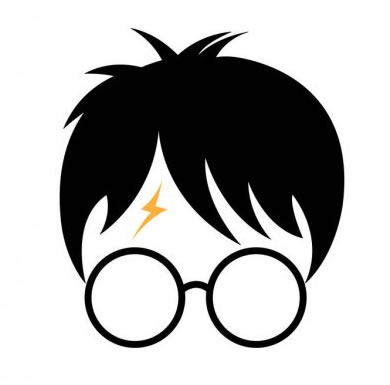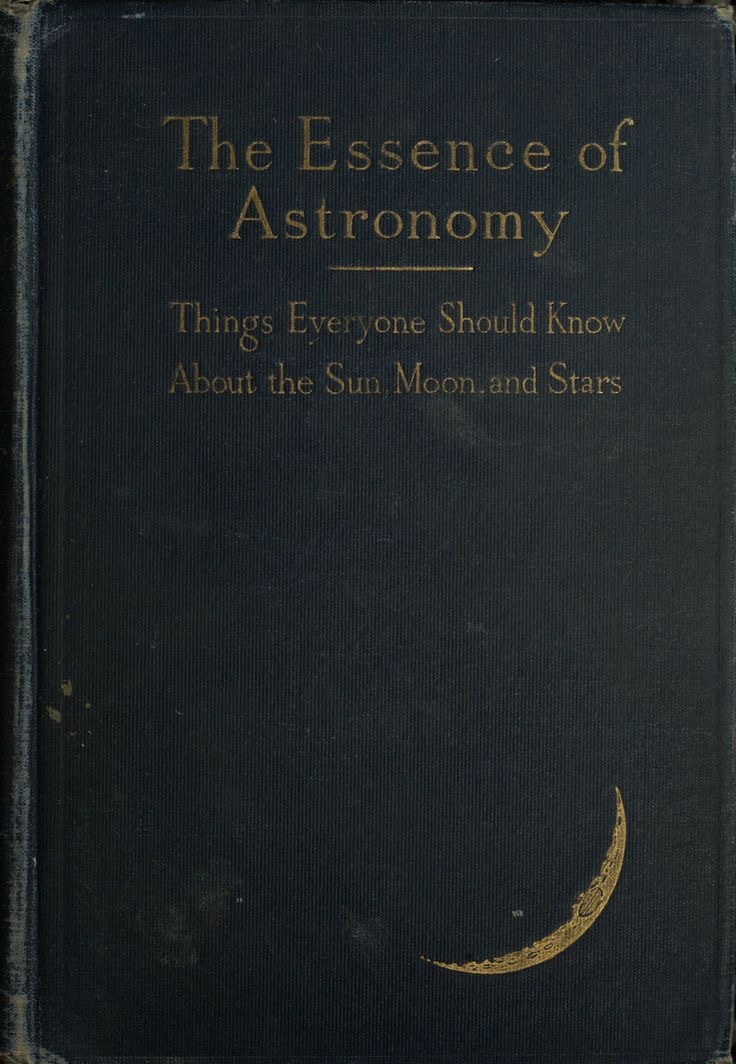Muggle-Made Tools for Astronomy
Chapter 1
🔭 Telescopes
- Function: Magnify distant objects, make them appear brighter.
- Discoveries: Uranus, Neptune, Pluto, asteroids, comets, moons, galaxies, exoplanets.
Historical Development
- Hans Lippershey (1608): Invented the first telescope (objective lens + concave eyepiece).
- Galileo Galilei (1610): Improved telescope (20x magnification); discovered:
- Jupiter’s 4 moons (Galilean moons)
- Venus phases → proof of heliocentrism
- Kepler: Used two positive lenses → wider field of view but images upside down.
Types of Telescopes
- Galilean: Positive objective + negative eyepiece → narrow field.
- Astronomical: Both lenses positive → wider field, inverted image.
- Terrestrial: Two positive lenses in eyepiece → upright image.
Key Concepts
- Refracting Telescopes: Use lenses to bend (refract) light.
- Reflecting Telescopes (Newtonian): Use mirrors → avoid color distortion at edges.
- Magnifying Power = Weak objective + Strong eyepiece.
- Light-Gathering Power ∝ Area of objective:
- 2× diameter = 4× light
- 3× diameter = 9× light
Resolution
- Sharpness of detail; ability to distinguish close objects.
- Measured in arcseconds (1° = 60 arcmin; 1 arcmin = 60 arcsec).
- Resolution improves as diameter increases.
- Problem: Earth’s atmosphere blurs images (limited to ~1 arcsec).
- Solutions:
- Adaptive optics: Mirror deforms to adjust.
- Space telescopes: Avoid atmosphere.
🛰️ Satellites
- Definition: Objects in orbit; natural (moons) or artificial (human-made).
- Uses:
- GPS, communication, weather, Earth imaging, space observation.
- Hubble Telescope:
- Launched 1990 (2.5m wide), corrected in 1993 (flawed mirror).
- Discoveries: galaxies, black holes, accelerated expansion of universe.
🌍 Space Race
- Soviet Union:
- Sputnik (1957) – First satellite.
- Laika – First animal in space.
- Yuri Gagarin (1961) – First human.
- Valentina Tereshkova (1963) – First woman in space.
- USA:
- NASA founded (1958).
- Apollo 11 (1969) – First Moon landing (Armstrong, Aldrin, Collins).
🌐 Global Space Agencies
- ESA, CNSA (China), ISRO (India), JAXA (Japan), CSA (Canada).
- ISS: International collaboration; wizards have participated under cover (not in NASA due to Rappaport’s Law).
- Canadarm: Robotic arm invented by Canada.
🚀 Space Shuttles
- NASA’s STS (1980s–2011):
- Reusable launch system.
- Launched Hubble, ISS parts, probes.
- Ended after Challenger & Columbia disasters (14 deaths).
- Post-2011: U.S. used Russian Soyuz craft; new U.S. programs launched in 2019.
📡 Radar
- Function: Detects object position & motion using radio/microwaves.
- Analogy: Like bouncing balls off a wall.
- Astronomical Uses: Studying surfaces of Moon, planets, moons, asteroids.
- Applications: Air/sea navigation, military, weather, mapping.
🤖 Rovers
- Definition: Vehicles that explore surfaces of planets/moons.
- Types:
- Human-transporting or robotic (remote or self-driving).
- Destinations: Moon & Mars.
- Key Rover: Curiosity (U.S.) – Searching for life on Mars.
- Communication delay:
- Moon: ~1.25 seconds (remote driving possible).
- Mars: 4–24 mins → must be autonomous.



